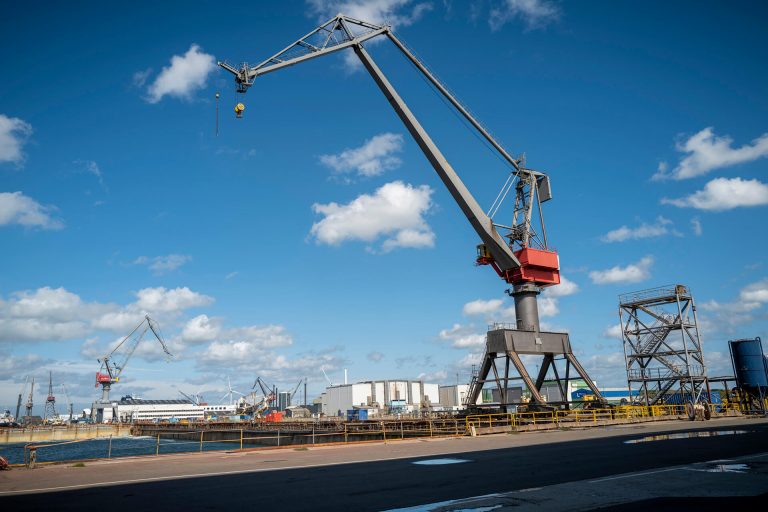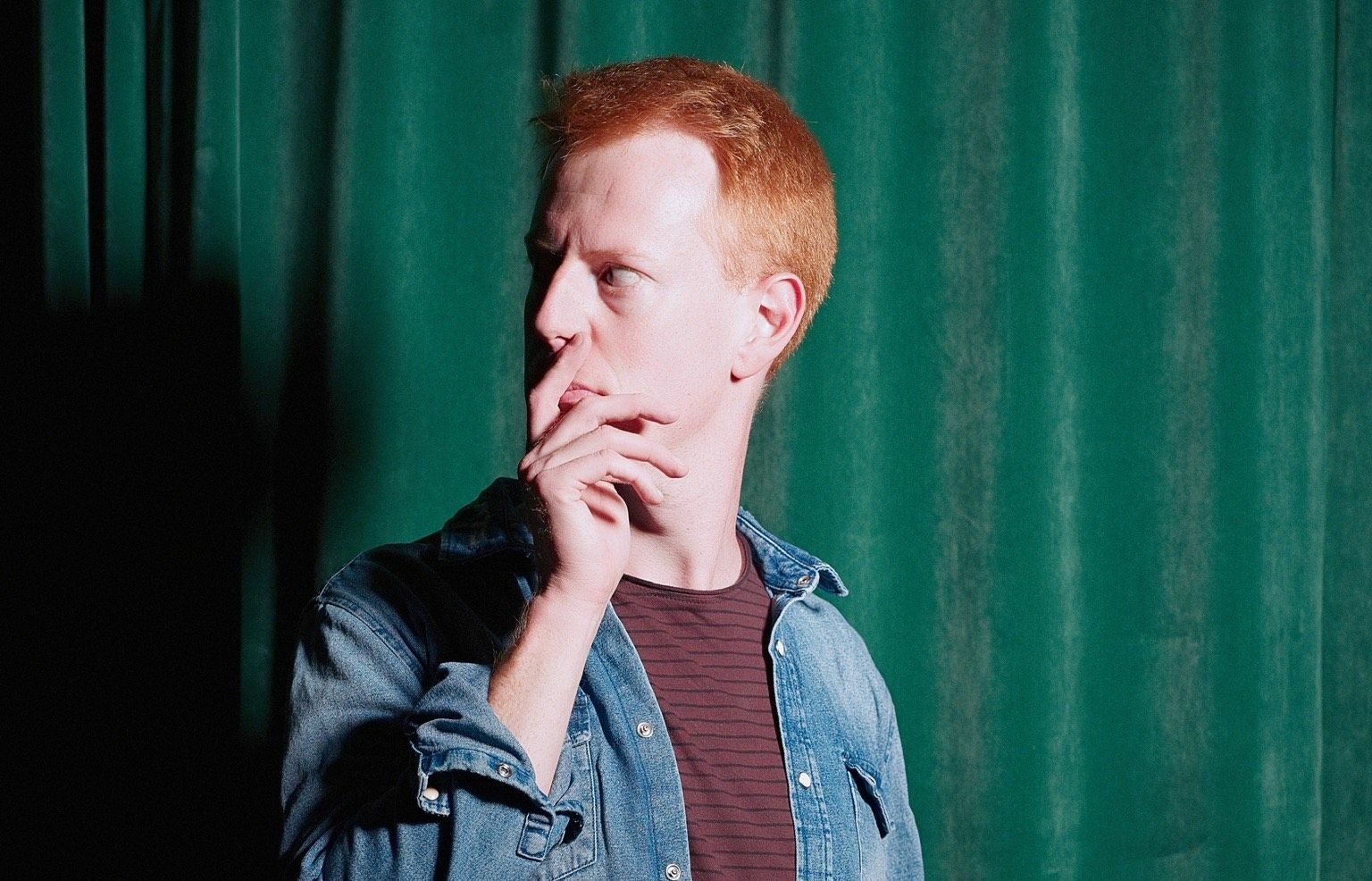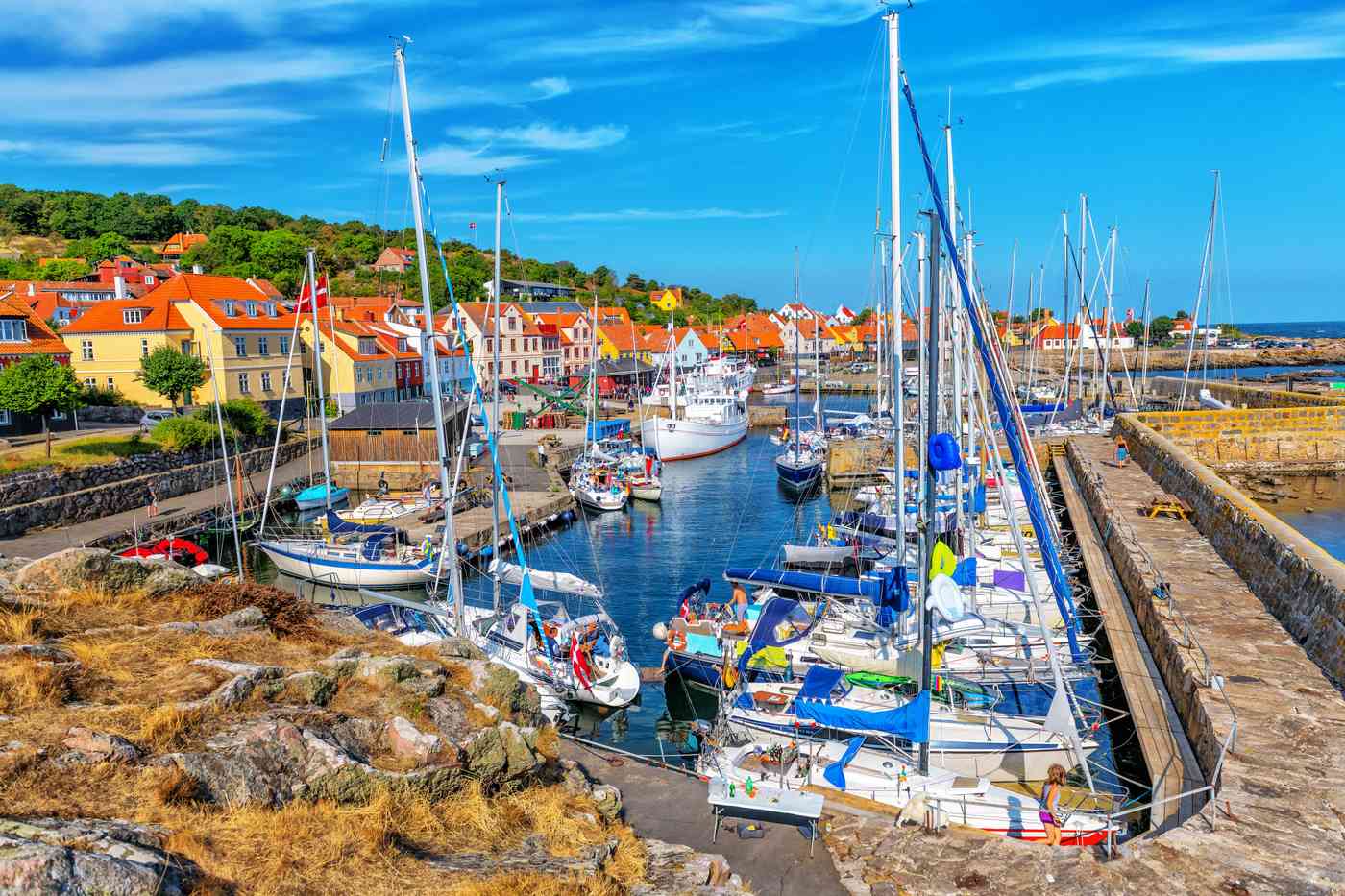When the artists began arriving in Skagen in the middle of the 19th century, many of the painters, novelists and poets them found hospitality at the home of Michael and Anna Ancher, now restored as part of the town’s museum.
They came mainly from Copenhagen, but also from Norway, Germany and England, all drawn by rumours of the amazing sense of light that existed on this northern outcrop, intrigued by the many tales of celebrations and festivities that supposedly occurred during the parties thrown by the painter PS Krøyer.
From 1870 until 1930, the place was a melting pot for some of Denmark’s greatest artists and the setting for some of the country’s most well-known paintings. Yet only two of the many painters, Michael and Anna Ancher, were to settle there permanently, and only one – Anna – was actually a native of Skagen.
Anchored in art
Anna Brøndum was just 15 when her future husband arrived in Skagen in 1874 where she lived with her parents. Her father was the local grocer and a hotel owner. Michael Ancher was one of the first artists to show an interest in the town, and Anna became fascinated with him and his peers, following their work avidly as she herself began to paint and draw. Four years later, they got engaged, and they married in 1880.
A daughter, Helga, was born in 1883. Anna painted those themes closest to her: her home and the domestic life therein – the world of women and children. Her husband, on the other hand, who gained membership to the town’s community in a way none of the other artists ever did, concentrated his eye on the lives of the fishermen of the town – in particular the life and death drama of the many rescue missions instigated from Skagen’s shore.
But it was PS Krøyer who painted the idyllic Skagen that ensures its tourist industry continues to thrive to this day. Already famous as an artist when he began summering in the town, the frequent dinner parties thrown by the colony were usually on his initiative. His works are filled with walks on the beach, evenings in the moonlight and social gatherings amidst natural beauty, and Skagen has been seen in this light ever since, visited every summer by tourists – art-lovers and philistines alike.
A population in decline
The book ‘Skagen’ paints a somewhat different picture of the place to Krøyer . It describes the two societies that have always existed here, as much now as it did at the time when those first few artists began to visit: the locals and the tourists.
For its residents, Skagen has always been a tough, stormy place to live – one which is not above the social ills that ail the rest of the country. It depicts a cruel sea that is not just a beautiful holiday backdrop, but also a deadly work environment that has claimed the lives of so many fishermen over the centuries.
Barely a generation ago, according to author Pernille Steensgaard, Skagen still had 500 fishing boats anchored in its harbour: now, there are less than 40 left, a figure in that is still in steady decline. Unemployment is high, and there is a constant flow of townspeople moving away.
A pretty penny
As a Skagen resident puts it in the book: “There is no idyll here. Idyll is something we sell. We sell an awful lot of it in Skagen: idyll and good taste.”
It may be hard to put a price tag on such idyll, but perhaps the catalogue of fine art auctioneers Bruun Rasmussen can help: paintings by both Anna and Michael Ancher were recently valued at up to 500,000 kroner each at auction.














